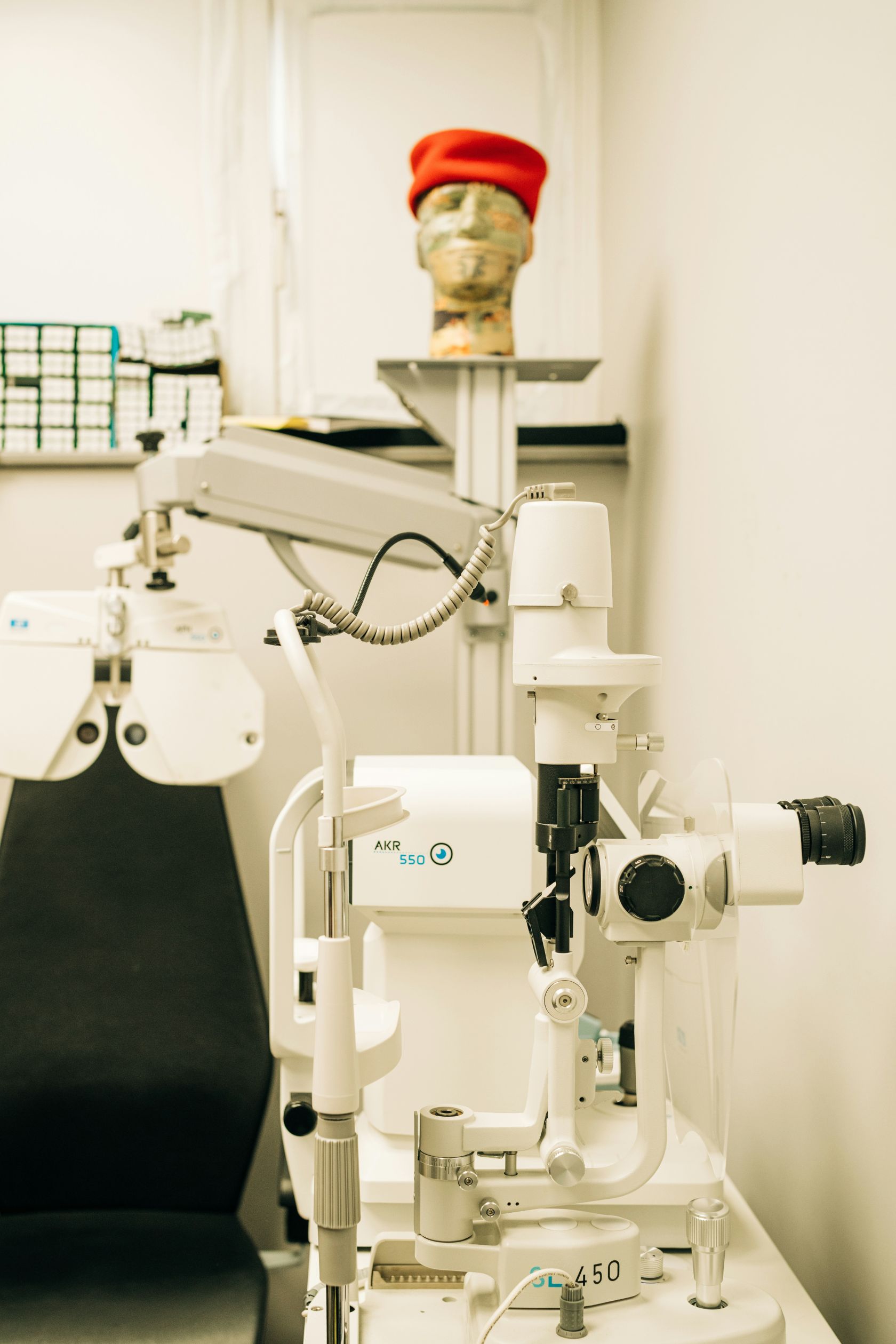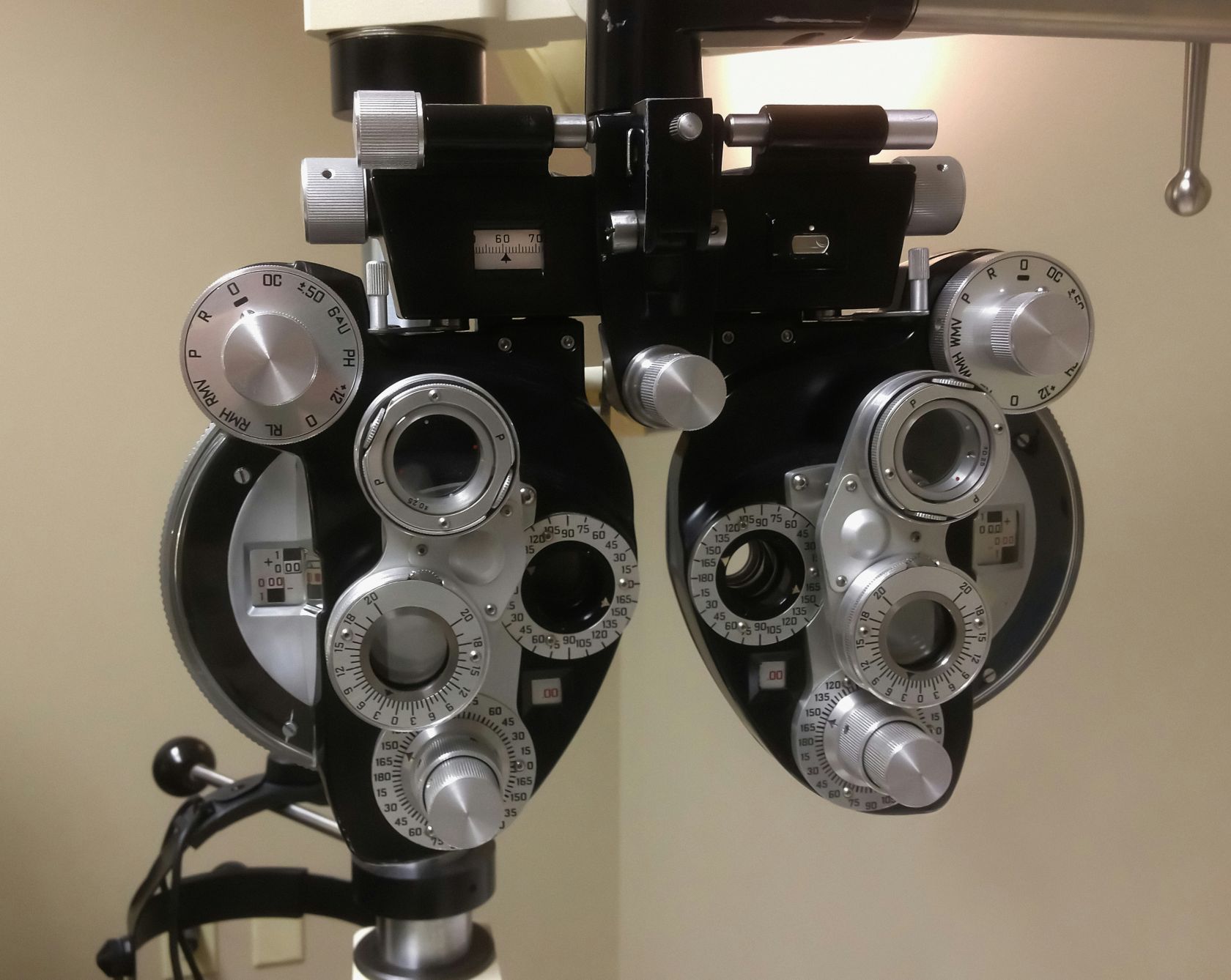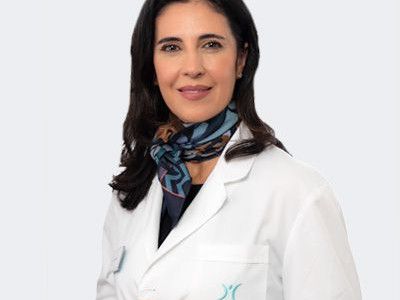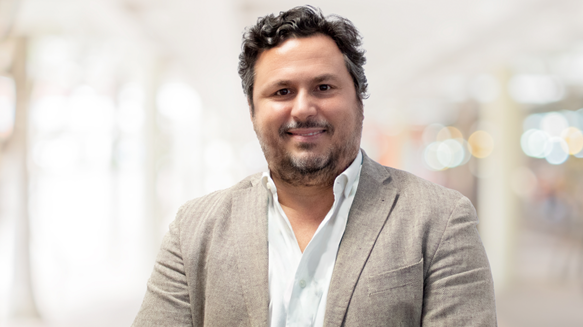However, for Dra Fabiola Murta, ophthalmology goes far beyond prescriptions and lenses. In fact, it is one of the most advanced and comprehensive medical fields, encompassing everything from newborn vision screenings to the complex management of age-related diseases.
“Ophthalmology is a speciality that covers all ages,” she explains. “We evaluate the eye as a whole, always taking into account the patient’s age and the particularities of each stage of life.”
More than just organs of sight
The eyes are far more than just organs of sight. As Dra Murta describes, they are “an extension of the brain.” A thorough ophthalmological exam goes beyond checking for nearsightedness or farsightedness. It evaluates central and peripheral vision, eye movement, colour perception, and even how the brain interprets images. Modern ophthalmology relies on advanced technology, which allows for more precise diagnosis and earlier detection of diseases.
Vision issues can emerge at any age, and each life stage brings its own challenges. Dra Murta explains that some common issues in childhood include strabismus (cross eye) and refractive errors such as myopia, hypermetropia, and astigmatism are common. Adolescence can reveal underlying dystrophies such as keratoconus, which is a corneal condition that, fortunately, can now be treated effectively.
Increase monitoring
As adults reach their fifties, eye health requires closer monitoring. “From the age of 50, everyone should have an annual eye examination,” advises Dra. Murta. She explains that this is when “silent diseases”, conditions like glaucoma, cataracts, and macular degeneration, which may develop without noticeable symptoms, often begin to appear. Glaucoma, for instance, progresses quietly, gradually narrowing the visual field until only central vision remains. Without early treatment, it can lead to irreversible blindness.
Diabetic retinopathy is another major concern, particularly for those with poorly controlled diabetes. Regular monitoring can prevent severe damage, but many patients seek help only when the disease has advanced.
Frequency of exams
The frequency of eye exams depends largely on age and risk factors. For healthy children with no visible abnormalities, Dra Murta says a first exam around preschool age (four to five years old) is essential. Adolescents should also be examined, as the eye transitions from its childhood to adult form.

Dra Murta also advises adults with conditions such as diabetes, thyroid disorders or a family history of glaucoma to schedule annual check-ups. Older adults, even those without symptoms, should do the same. “Often, relatives are the first to notice that an elderly person is moving less, avoiding bright spaces, or struggling to navigate. These are all signs that vision might be declining,” she notes.
Prevention of diseases
When it comes to prevention, Dra Murta highlights three key practices: a balanced diet, consistent use of sunglasses, and regular exams. Sunglasses should always have UVB and ideally UVA protection, as harmful rays penetrate even through clouds or rain. “Ultraviolet light leads to degeneration os the cells at the back of our eyes,” she explains.
A rich diet in colourful fruits and vegetables is equally vital. Pigment-rich foods, such as blueberries, spinach, broccoli, and red and yellow fruits, all provide antioxidants that protect the retina from radical damage, helping prevent age-related macular degeneration.
Many eye diseases have genetic roots. Corneal dystrophies, pigmentary retinopathies, congenital cataracts, and childhood tumours like retinoblastoma can arise from inherited mutations. While some of these conditions are rare, their early detection can make a life-saving difference. “If a parent ever notices a white reflection in a child’s pupil in a photo,” warns Dra Murta, “that is not good. They should aim to see an ophthalmologist immediately.”

Dra Murta was drawn to ophthalmology because of its variety and balance between clinical and surgical work. Her subspecialty, oculoplastics, focuses on eyelids, tear ducts, and orbital diseases, often working in close collaboration with endocrinologists, oncologists, and dermatologists. “It’s a field that connects medicine and surgery, but also the way patients see themselves,” she says. “Improving someone’s vision, and consequently their self-esteem, is deeply rewarding.”
Mirror to other diseases
Ophthalmology also serves as a mirror for systemic health. Autoimmune diseases like rheumatoid arthritis or Crohn’s, endocrine disorders such as hyperthyroidism, and diabetes can all manifest through eye symptoms. Dra Murta stresses that these patients should always be co-monitored by an ophthalmologist, even if their primary condition seems unrelated to vision.
Finally, for parents, she leaves one essential reminder: never ignore a child’s “lazy” or misaligned eye. “Even intermittent strabismus can lead to permanent low vision if not treated early. After the age of seven or eight, there’s often nothing we can do.”
Ultimately, preserving sight comes down to vigilance and prevention. As Dra Murta summarises: “Healthy eating, good sunglasses, and regular eye exams. Those three things can make all the difference.”
Appointments and exams can be scheduled via the website at www.grupohpa.com, via the myHPA Saúde app, now also available in English, or by calling (+351) 282 420 400.











